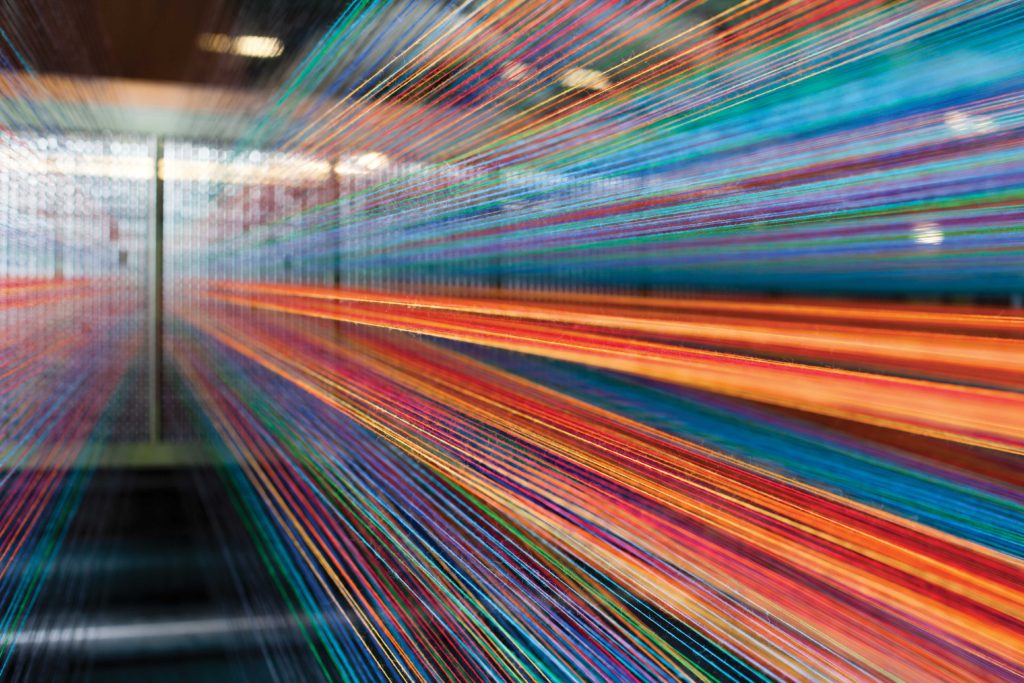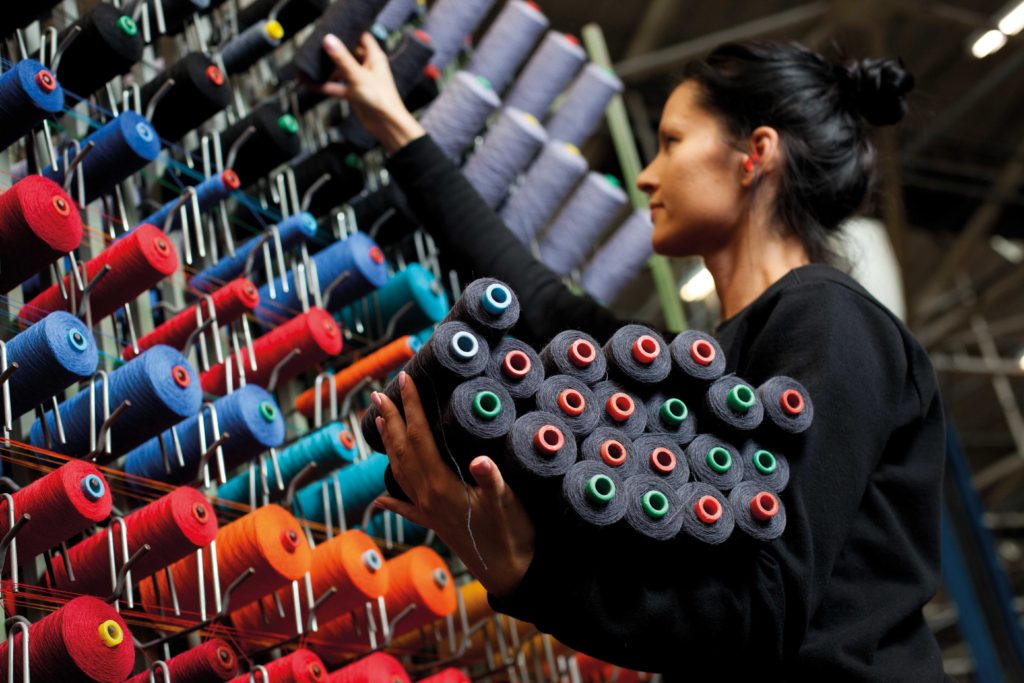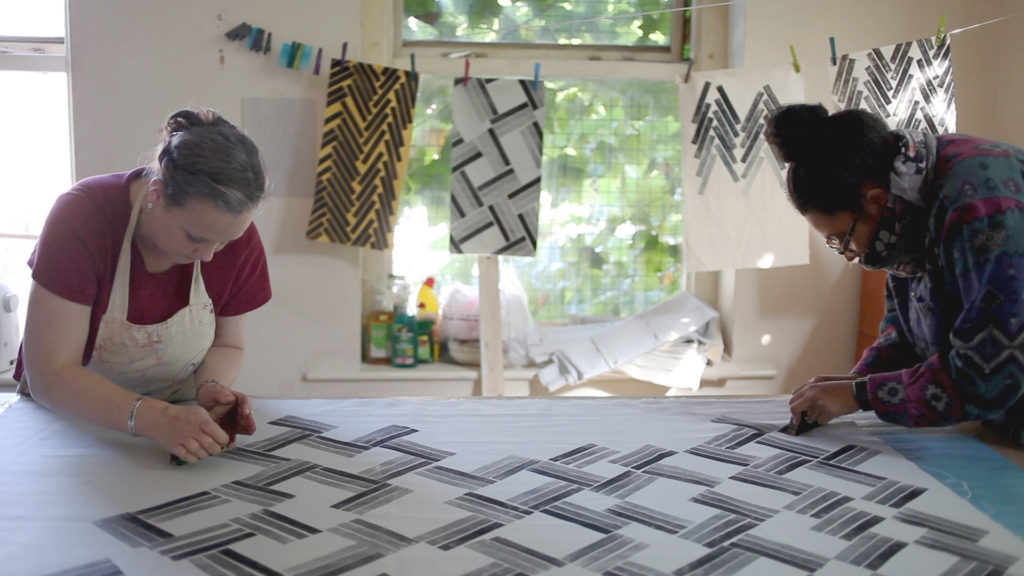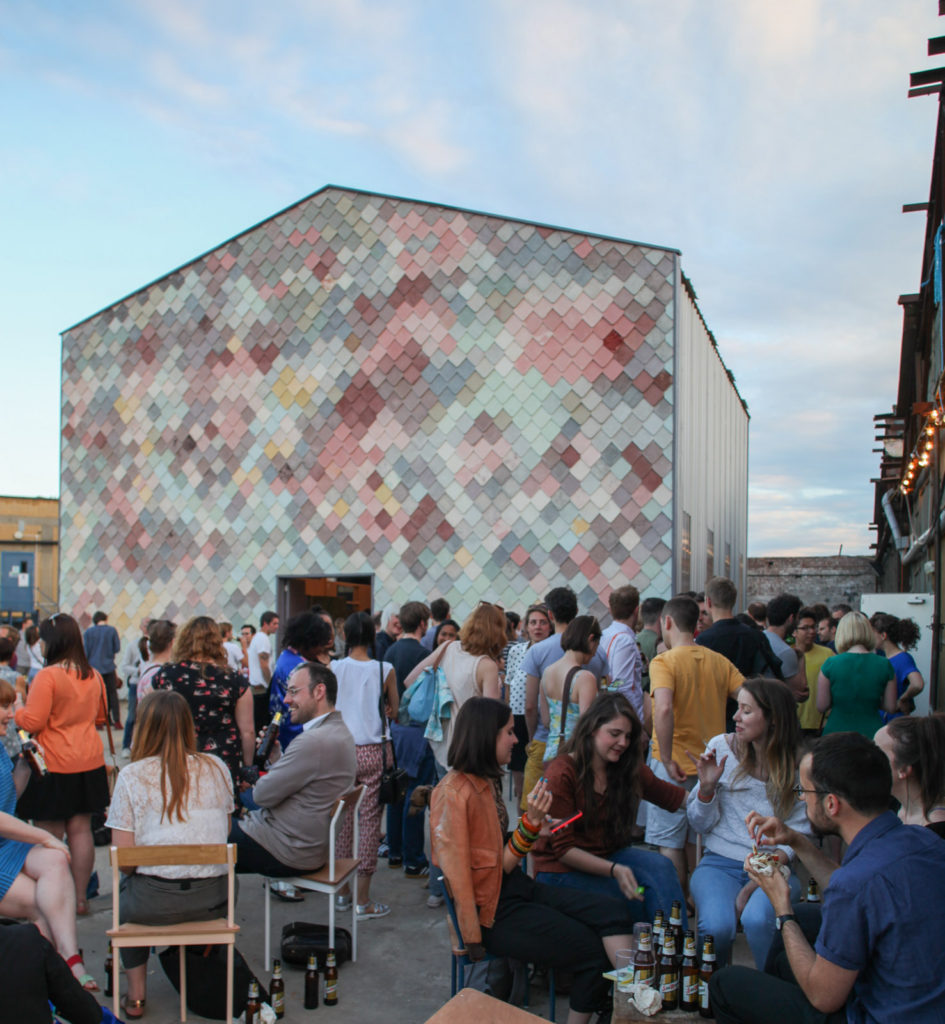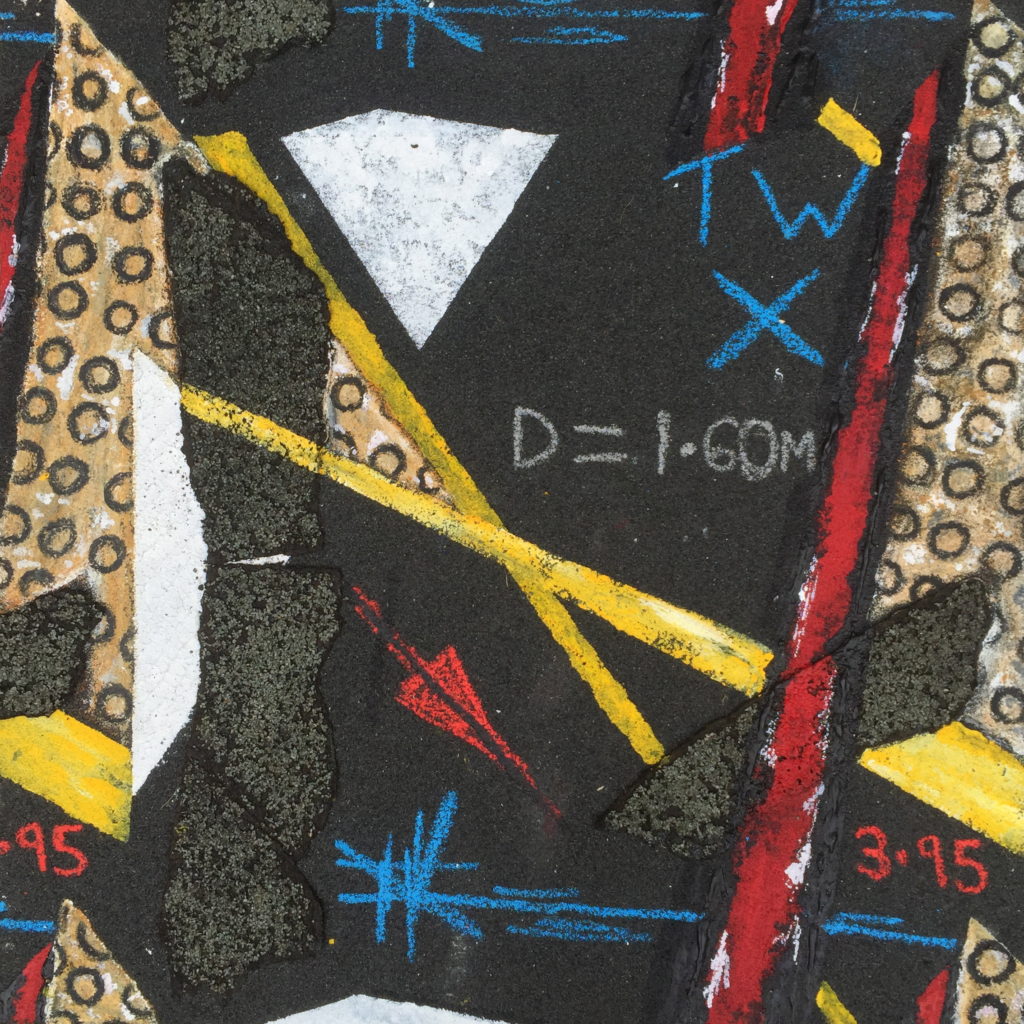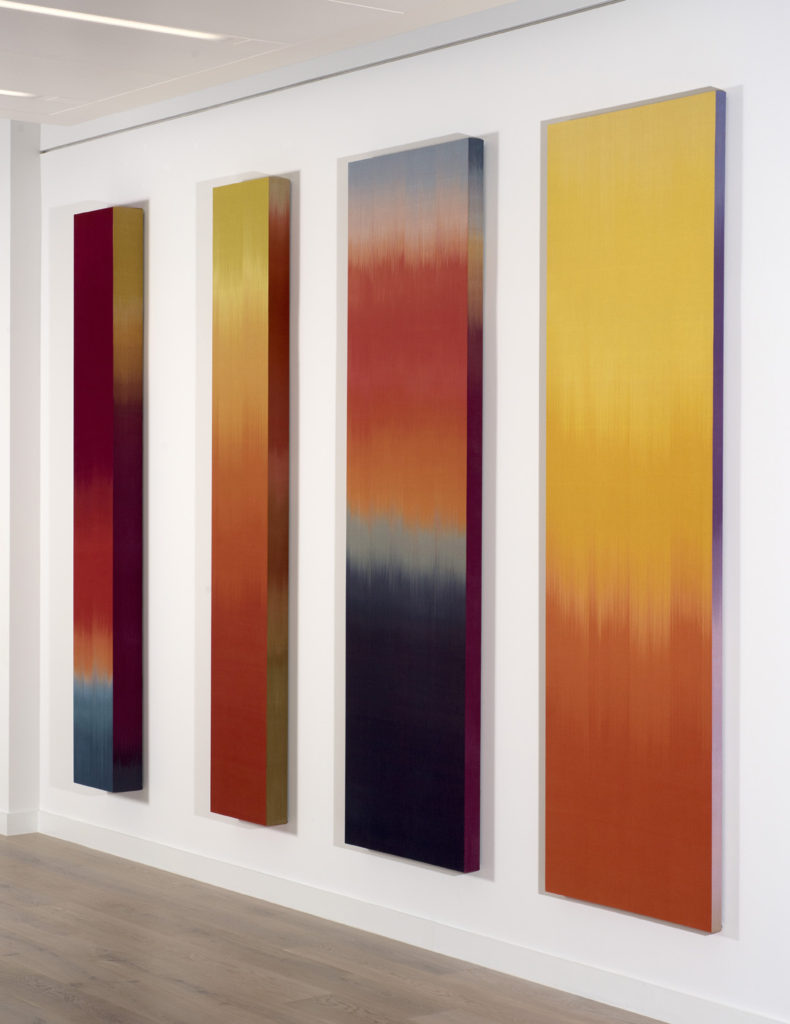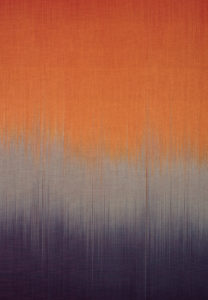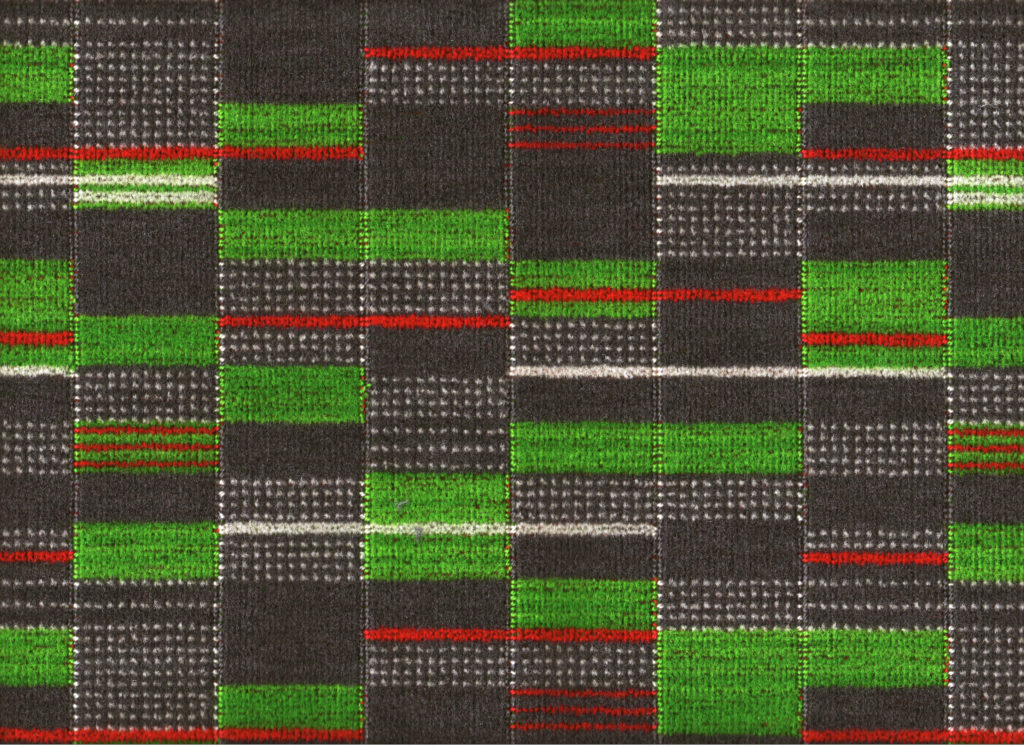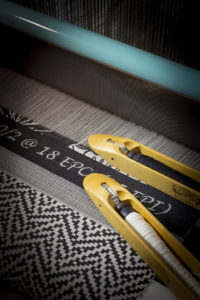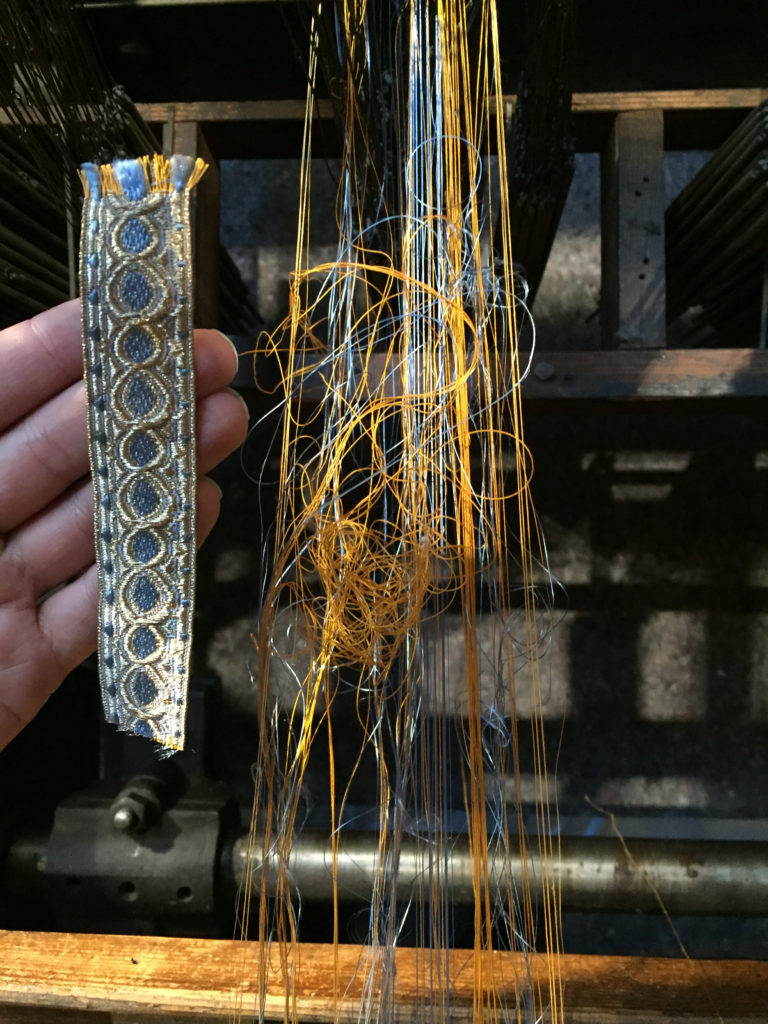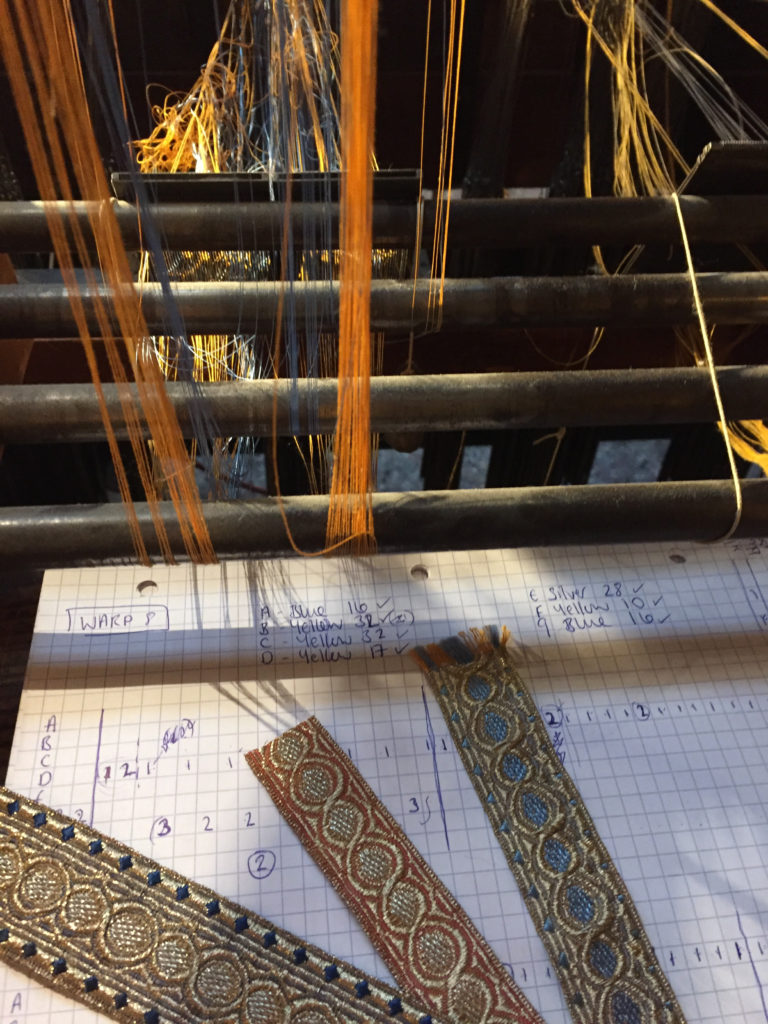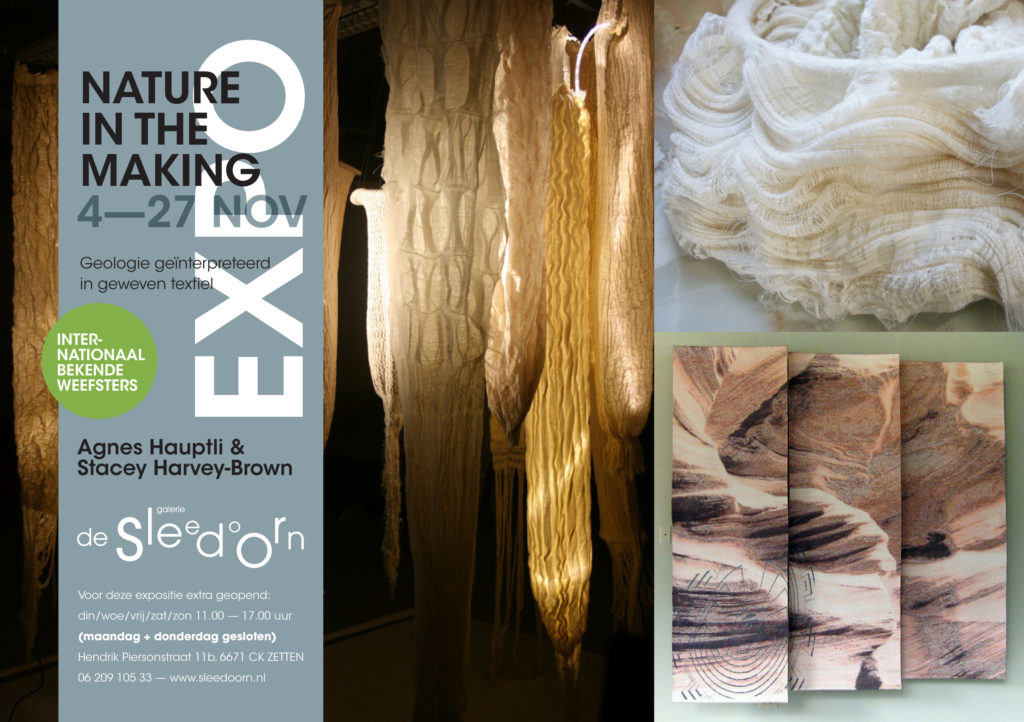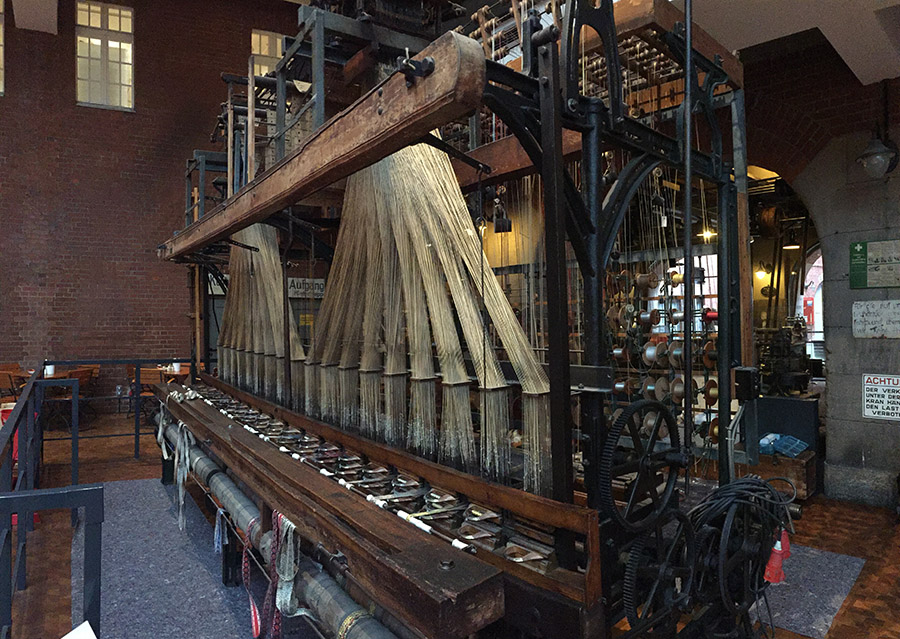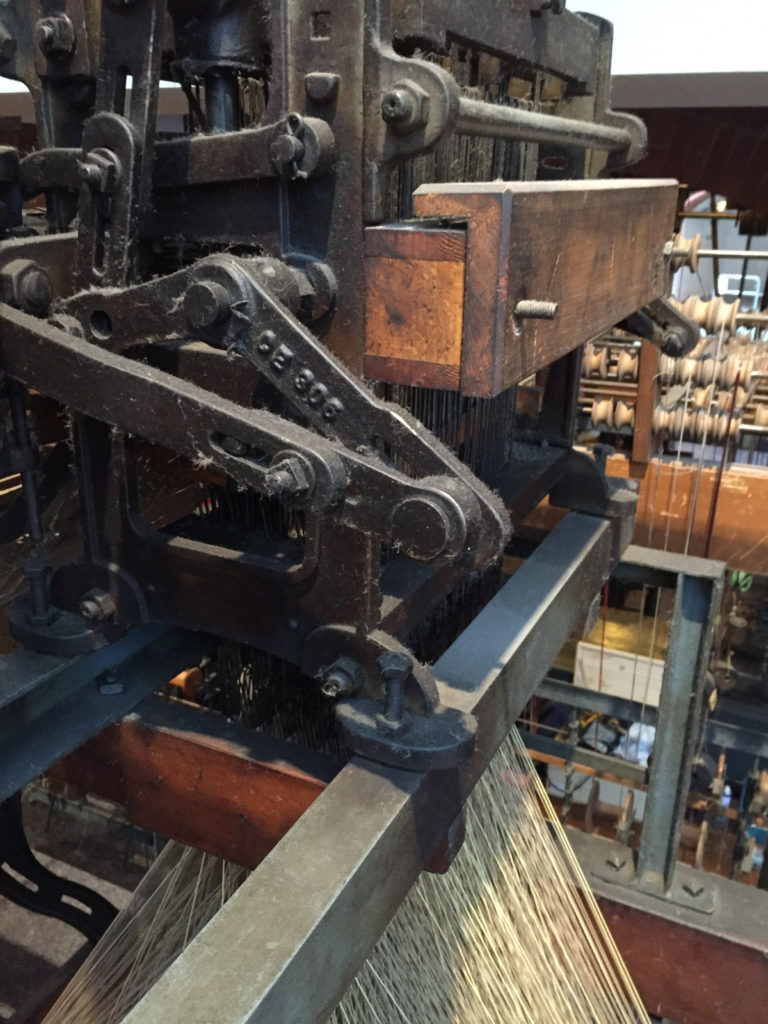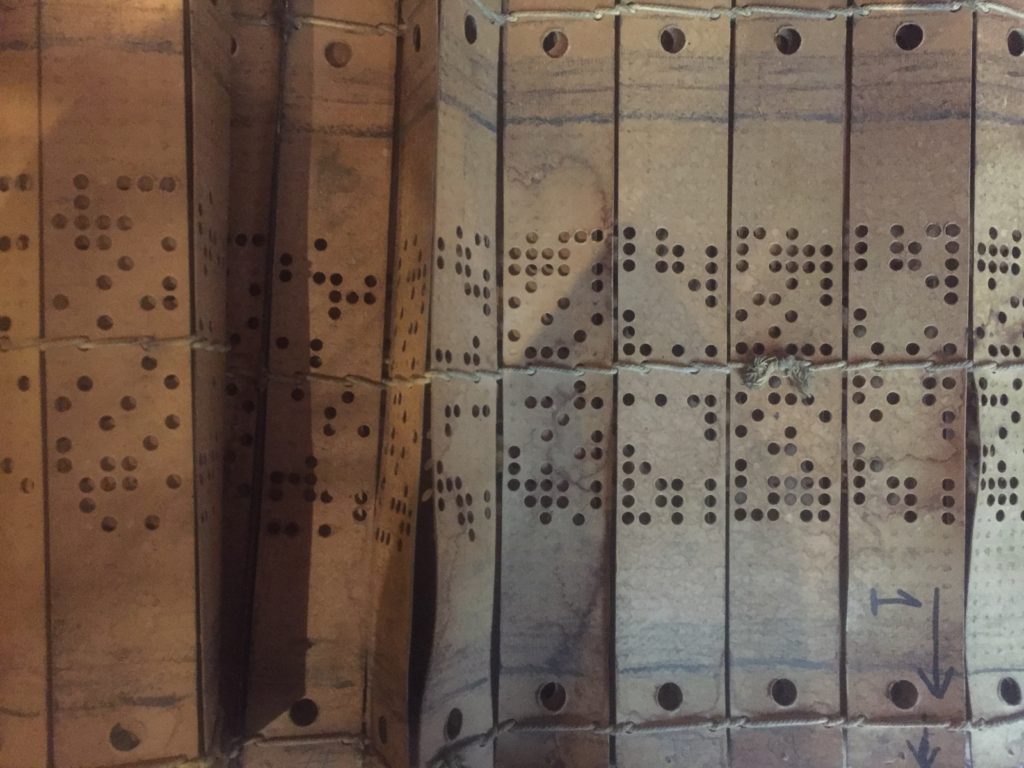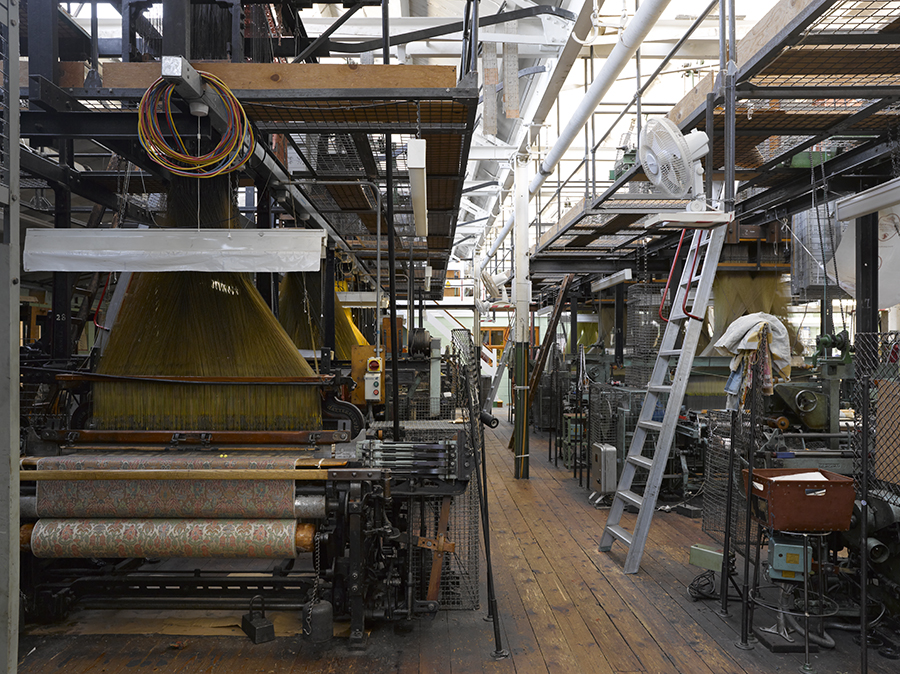 Weaving Futures is an exhibition at London Transport Museum highlighting the importance of woven textile design to the London Transport system. The exhibition explores the process and making of digital woven textiles, as part of the Museums’, Designology season.
Weaving Futures is an exhibition at London Transport Museum highlighting the importance of woven textile design to the London Transport system. The exhibition explores the process and making of digital woven textiles, as part of the Museums’, Designology season.
Each week, visitors will be able to see invited designers/artists in residence in the Designology studio, who will be working on a project brief and interacting with a weaver in their residency dates. The weavers will be interpreting the residents work live into digital woven textile prototypes and final works on a state-of-the-art TC2 digital jacquard loom.Â
 Week  4 features: Gainsborough
Gainsborough is a Jacquard weaving mill and dye house based in Suffolk, producing the highest quality of cloth from both modern and traditional punch card looms. Established in 1903 by an enterprising weaver, Reginald Warner, the business moved to its present location in 1924.Offering a truly bespoke design service, Gainsborough runs an in-house operation from design and dying through to weaving. With a wonderful archive of over 7,000 designs built up through Warner’s Grand Tours and successive generations of weaving, Gainsborough is by nature a very special and unfortunately rare example of British craftsmanship and artisanal manufacture.
Awarded the Royal Warrant in 1981, the company has produced fabrics for royal palaces, state buildings and grand residences the world over, and the tradition of creating fabrics of enduring quality carries on today. Gainsborough’s reputation was built on innovation and design, and you are as likely to find our products in a luxury vehicle or on a Parisian catwalk as on the walls of a stately home. Their designs span the full breadth of creative expression, from the very traditional to the thoroughly avant-garde.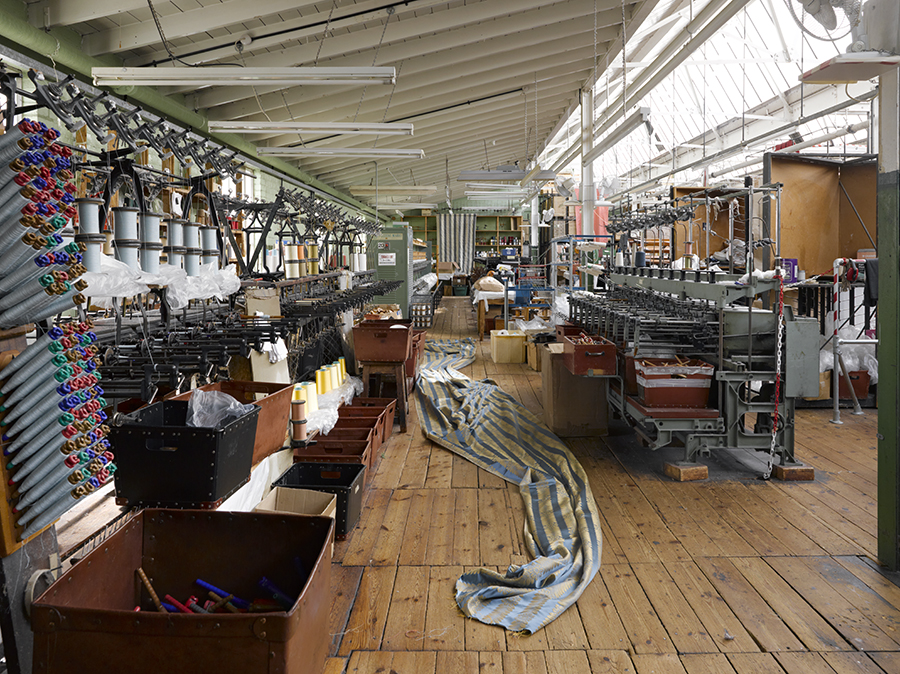 Continue reading →
Continue reading →

